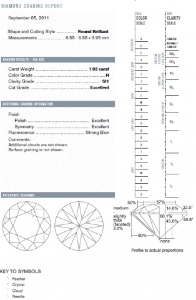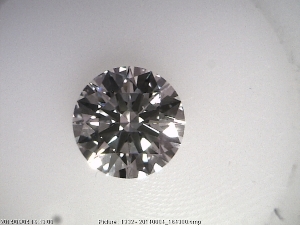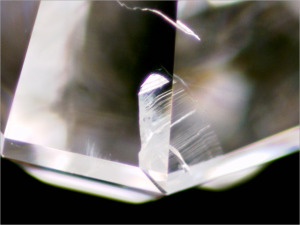chillybear
Rough_Rock
- Joined
- May 15, 2014
- Messages
- 15
Hi everyone 
Im like 90% sure that this is the diamond I want to bring in to take a look at (buying sight unseen), but wanted a few more opinons to make sure that I am not jumping the gun on something that is no good.
Looking at the GIA report it looks like there is a feather (I think) on the pavillion.
Would this be of any concern?
How does it look? Any cloudiness or anything?
Thanks in advance!


Im like 90% sure that this is the diamond I want to bring in to take a look at (buying sight unseen), but wanted a few more opinons to make sure that I am not jumping the gun on something that is no good.
Looking at the GIA report it looks like there is a feather (I think) on the pavillion.
Would this be of any concern?
How does it look? Any cloudiness or anything?
Thanks in advance!







300x240.png)